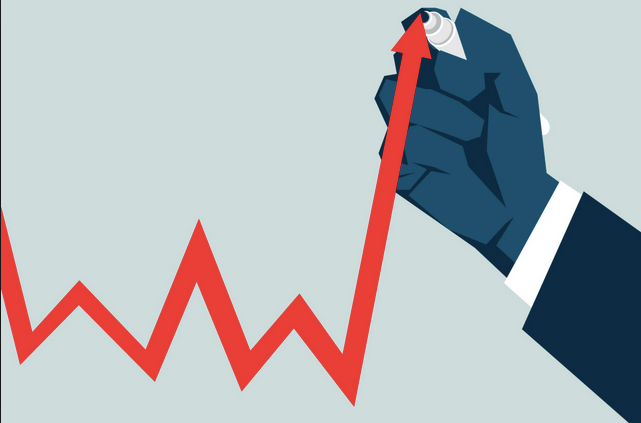In most histories of how Americans became so polarized, the Great Inflation of the 1970s is given short shrift — sometimes no shrift at all. This is wrong. Inflation was as pivotal a factor in our national crackup as Vietnam and Watergate.
Inflation changed how Americans thought about their economic relationships to their fellow citizens — which is to say, inflation and its associated economic traumas changed who we were as a people. It also called into question the economic assumptions that had guided the country since World War II, opening the door for new assumptions that have governed us ever since. Here is the story:
The United States of the 1960s experienced many social upheavals. But in one realm, all was copacetic. The economy roared. The gross domestic product was increasing between 2 percent and 6 percent, wages grew, jobs were stable. The year 1968 was an annus horribilis — assassinations, riots, a bitter presidential race. But the Economic Report of the President for that year reflected at length on — imagine this — “the problem of prosperity.”
Slowly, though, inflation entered the picture. It hit 5.7 percent in 1970, then 11 percent in 1974. Such sustained inflation was something that had never happened in stable postwar America. And it was punishing. For a family of modest means, a trip to the supermarket was now a walk over hot coals.
How different this was from previous economic crises! The Great Depression, the 20th century’s first economic emergency, made most Americans feel a degree of neighborly solidarity. The government wasn’t measuring median household income in the 1930s, but a 2006 Department of Labor study pegged the average household income of 1934-36 at $1,524. Adjust for inflation to 2018, that’s about $28,000, while the official poverty level for a family of four was $25,100. In other words, the average family of 1936 was near poor. Everyone was in it together, and if Bill couldn’t find work, his neighbor would give him a head of cabbage, a slab of pork belly.




